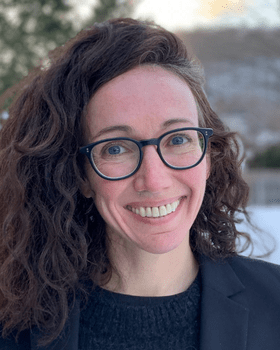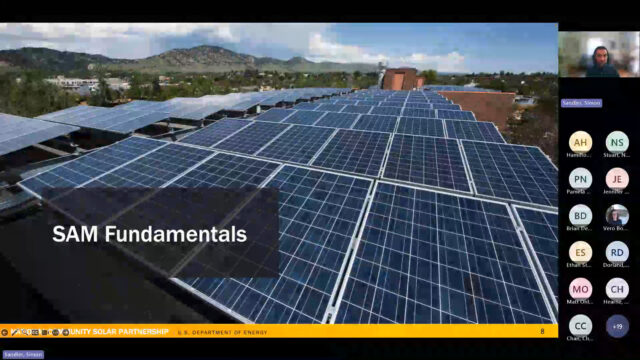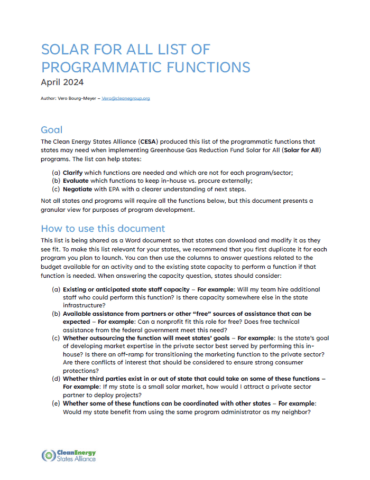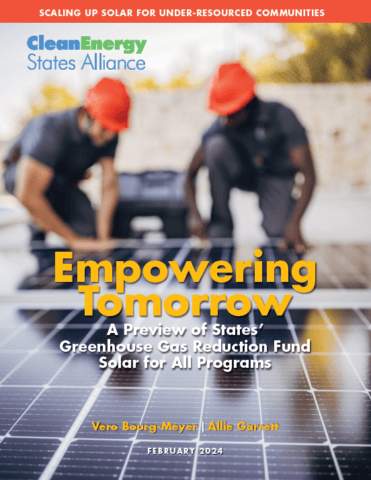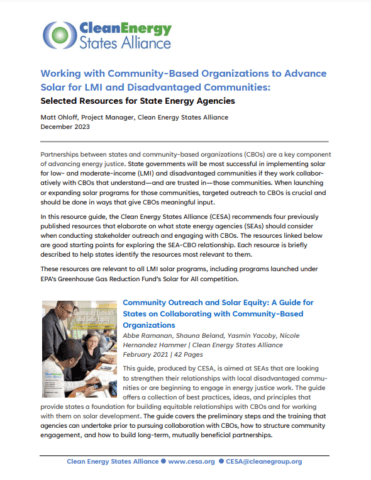Project Menu
vero@cleanegroup.org
hanna@cleanegroup.org
Scaling Up Solar for Under-Resourced Communities - Resources
This report compiles research on best practices for designing solar programs that provide meaningful benefits to low-and-moderate income households. The report examines different types of solar projects, including residential-serving community solar, rooftop solar, and installations serving multifamily affordable housing. It includes six case studies and information about savings verification.
This directory lists and describes federal and state resources for educating consumers about solar opportunities and considerations.
This CESA presentation within the Meaningful Household Savings Community of Practice summarizes best practices, pathways to scale meaningful household savings, and research needs.
This document, part of CESA’s IRA Explainers and Guides Series for States, answers questions about the Build America, Buy America (BABA) Act and the domestic content bonus tax credit program requirements for awardees of the Greenhouse Gas Reduction Fund Solar for All program. It will be useful to other stakeholders as well to understand how BABA will apply to Solar for All and the differences between BABA and the tax credit requirements.
This deck is a short series of recommendations to Community-Based Organizations (CBOs) that wish to better understand the Greenhouse Gas Reduction Fund Solar for All competition and how to engage with the Solar for All opportunities. It briefly introduces the Solar for All competition, offers a realistic timeline for programs and funding deployment, and suggests concrete steps and resources for CBOs to support states in ensuring the success of the program.
CESA’s Vero Bourg-Meyer and Simon Sandler from NREL discuss how to use NREL’s System Advisor Model (SAM) to understand low-and middle-income solar program-level economics, incentives, and savings.
This document is a comprehensive list of the functions needed to design and deploy a low- and moderate-income solar program as part of the Greenhouse Gas Reduction Fund Solar for All competition. This list can help states clarify which functions are needed and which are not for each program/sector, evaluate which functions to keep in-house vs. procure externally, and negotiate with EPA with a clearer understanding of next steps.
This report summarizes trends and calculates the potential impact of the EPA’s $7 billion Solar for All competition. The report provides the first public look into the range of state proposals that have been submitted in response to this competition. It can serve as a market readiness tool, to help states prepare for a massive and historic influx of LMI solar funding.
This explainer introduces states deploying federal funding to rules regarding worker protection, local wages, and benefits under the Davis Bacon Act. The plain English question-and-answer document was specifically prepared for states that will implement Greenhouse Gas Reduction Fund Solar for All programs, but it will be useful to other state agencies deploying Inflation Reduction Act funding.
In this resource guide, CESA recommends four previously published resources that elaborate on what state energy agencies should consider when conducting stakeholder outreach and engaging with community-based organizations.

